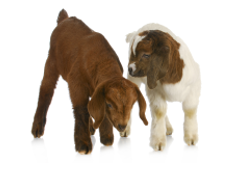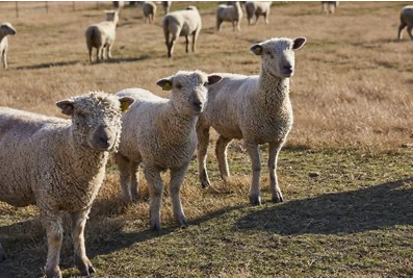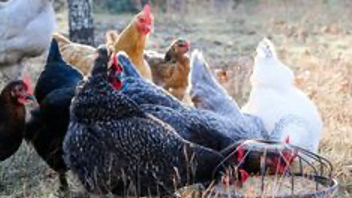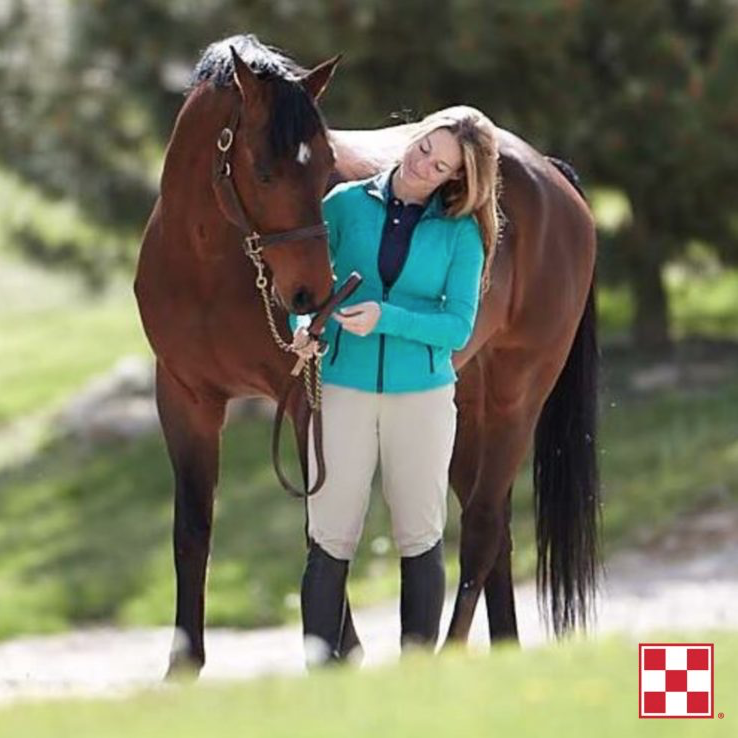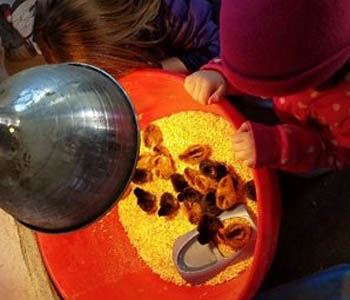Country Visions Spring Cattle Meeting 2024
Feb 22, 2024
| Country Visions
The Country Visions Spring Cattle Meeting is a chance to hear from industry experts about how to make an impact on your cattle's nutrition.
Four Tips for Choosing a Kid Goat Milk Replacer
Jan 11, 2023
| Country Visions
The right nutrition early in your kid goat’s life can set the stage for their lifetime performance. Choosing the right milk replacer for your kid goats can be a daunting task. Consider these tips to feel confident in choosing what’s best for your goat herd.
Guide to Lambing Season Success
Jan 09, 2023
| Country Visions
Lambing is the most important activity that occurs in the sheep flock each year. Success or failure during lambing season is the largest single factor affecting the profitability of the sheep flock. Producers need to help stack the deck to ensure a successful lambing season.
&nb...
How to Switch to a Chicken Layer Feed
Nov 07, 2022
| Country Visions
Switch laying hens to a complete chicken layer feed when they start laying eggs around
18 weeks of age. Choose a complete layer feed that includes all the essential nutrients laying hens need to lay strong and stay strong. Then make the transition gradually over one week.
...
Taking Care of Horses for the Long Haul - Minimizing the Stress of Traveling
Nov 07, 2022
| Country Visions
Fuel prices are high but horse owners continue to haul down the road; they may be eating peanut butter sandwiches, but they are still fueling up, loading up and hauling to shows. One survey reported that horse owners transport an average of 2.4 horses on 24 trips per year f...
Show Cattle Nutrition is All About Results
Mar 15, 2022
| Country Visions
You want an animal to look great throughout the year, but even more important, is being at their best at a future date – show day. For heifers, there might be multiple target show dates, and for steers there may only be one, but regardless of how many dates you’re tar...
Pregnant Mare Nutrition During Late Gestation
Mar 15, 2022
| Country Visions
During the first seven or eight months of gestation, the fetus grows very slowly (approximately 0.2 lbs per day) so early pregnancy does not present much of a nutritional challenge to the mare. Dry mares in early gestation can basically be fed like any other mature, idle horse. G...
Better Quality Sheep Milk, Better Lamb Growth
Mar 15, 2022
| Country Visions
The quality of a ewe’s milk directly correlates to the nutrition and mineral fed before and after lambing. Grazing or feeding high-quality stored forages and supplementing the correct balance of fats and carbohydrates translates into better milk production for the ewe. ...
Alfalfa Versus Timothy Hay for Rabbits
Feb 03, 2022
| Country Visions
What is the difference between alfalfa hay and timothy hay?
Both hay sources are excellent forages to provide to your herbivores, but there are some differences between them nutritionally. To understand how those differences impact your animals, some background information is ne...
Hatching Eggs at Home
Feb 03, 2022
| Country Visions
Hatching eggs at home can be a fun project for those looking to grow their backyard flocks. Incubating chicken eggs is a 21-day process and requires an egg incubator to help control temperature, humidity and egg turning. To help baby chicks start strong once they’ve hatched...

